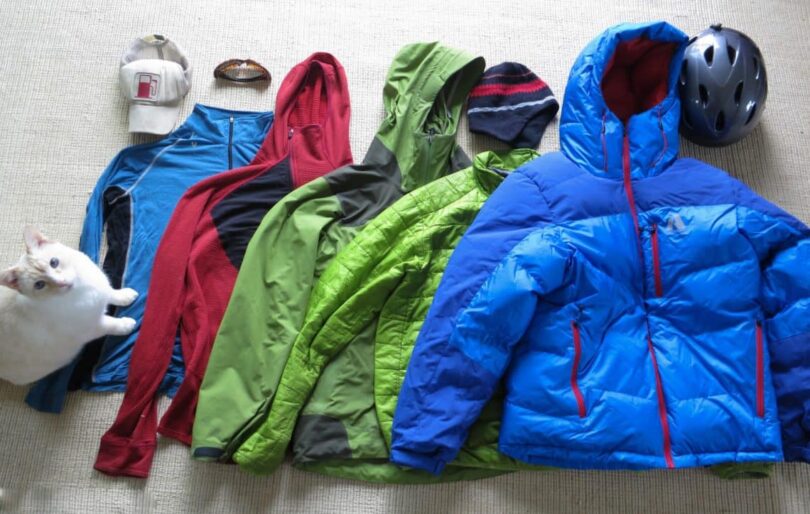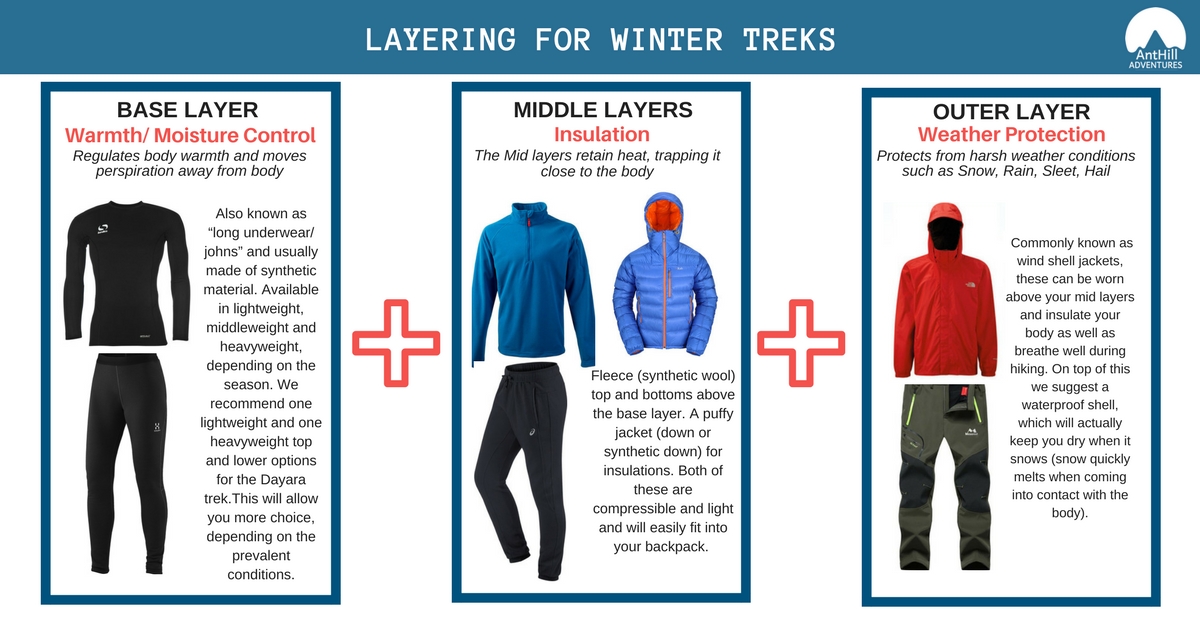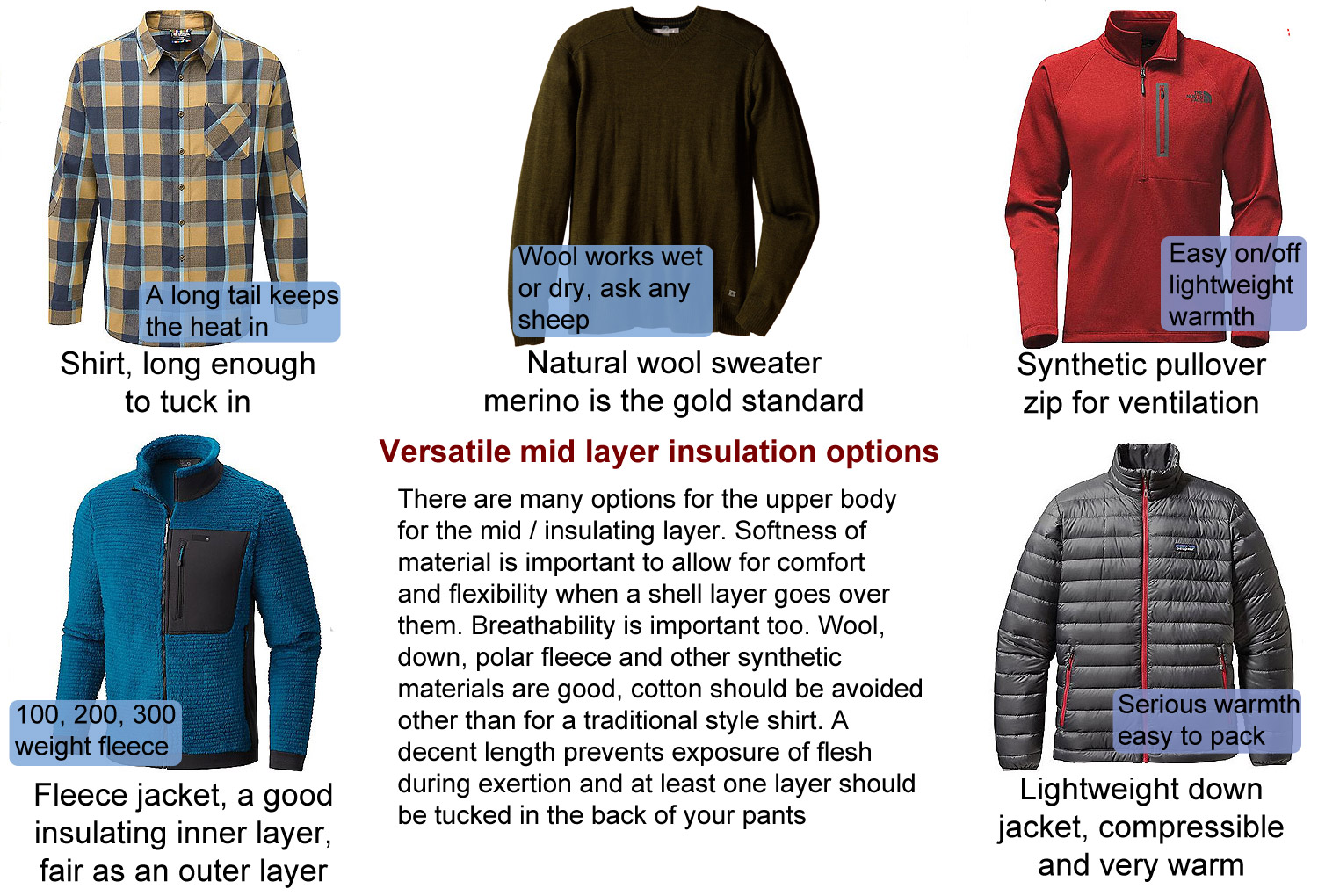Layering For Winter Hiking
Hiking jacket the hiking jacket will be the outer layer and the main purpose of this layer in the winter could be the block out the wind.
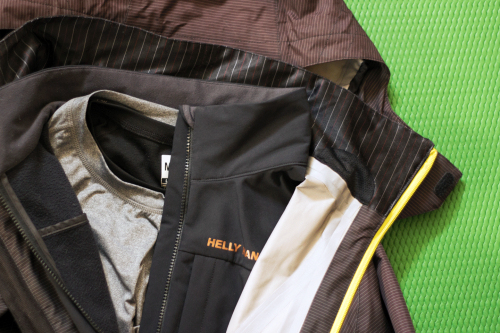
Layering for winter hiking. Here are some other warm weather base layer considerations. While assembling a wicking base layer insulating mid layer and waterproofwindproof shell is the foundation for a layered clothing system experienced hikers employ a number of temperature regulation techniques beyond adding or removing their shell or mid layer to avoid sweating or getting cold as their level of activity changes during a hike or snowshoeing trip. Hiking jacket for women and for men. The first thing you have to consider when putting on a base layer is first what fabric you want to use and secondly what type of weight youre going to require.
For those that dare to brave the cold and wind that often accompany activities like skiing and snowboarding snowshoeing and winter hiking and climbing layering is essential. A base layer consisting of a synthetic wicking long sleeved shirt and long underwear. When youre starting out winter hiking pack more clothes than you think you need and pay attention to cues from your body to determine when you need to add or subtract layers. It would also be ideal if its somewhat waterproof.
Layering for cold weather and winter hiking is a lot more nuanced than people make it out to be. As the temperature begins to drop some people opt to retreat indoors to the comfort of a climate controlled environment. Some shirts designed for warm weather spread the moisture out through the fabric where evaporation helps with cooling. When you stop hiking layer up before you get cold.
The middle layer is critical for maintaining body heat by trapping air close to your body and providing insulation. Underwear like briefs boxers and bras. A fleece sweater as an insulating midlayer. Many winter hikers use a four layer clothing system.
Generally a warm insulating layer will be made of wool down or fleece. A layering system that works flawlessly for one person might fall completely short for another. The colder the weather the heavier your base layer should be. Keep in mind that down isnt warm if it gets wet.
A hard shell jacket and pants as a wind proofwaterproof layer. Any summer shirt is really a base layer so look for ones that offer wicking.




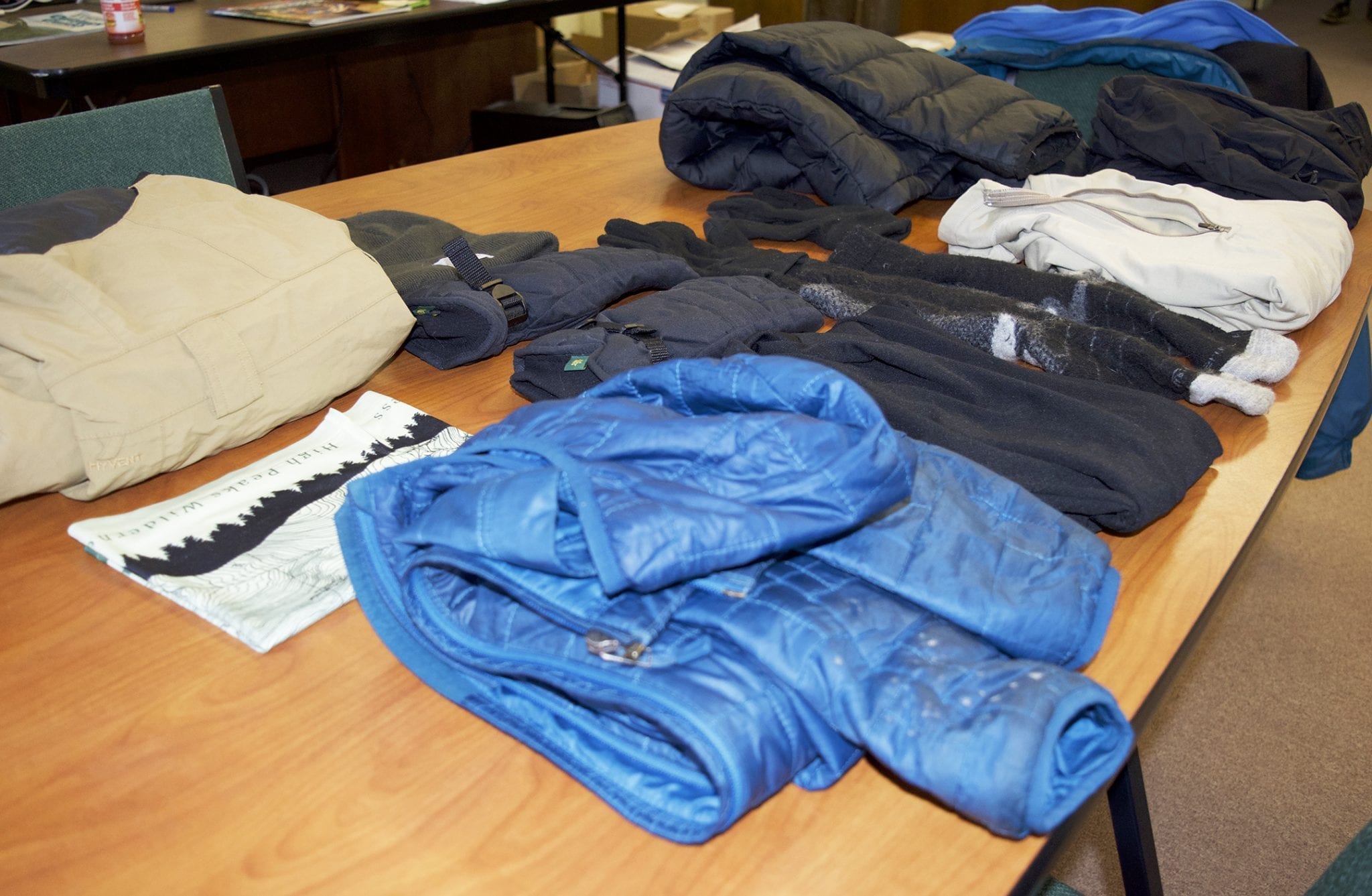

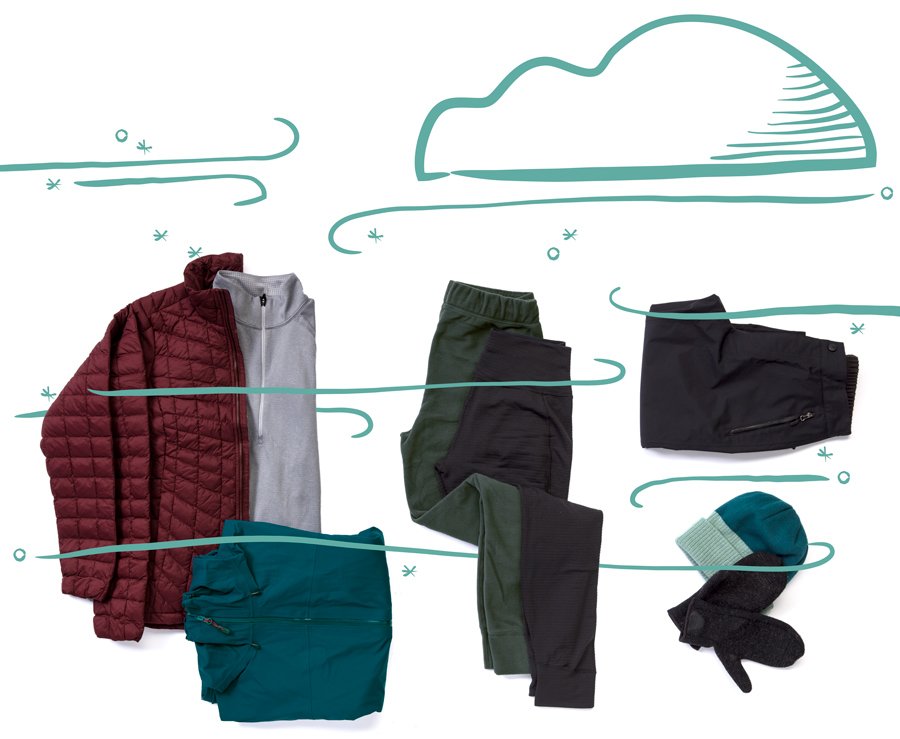
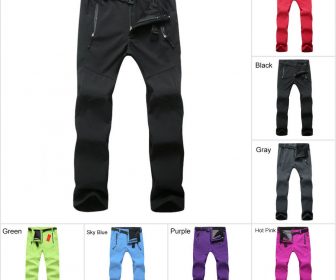

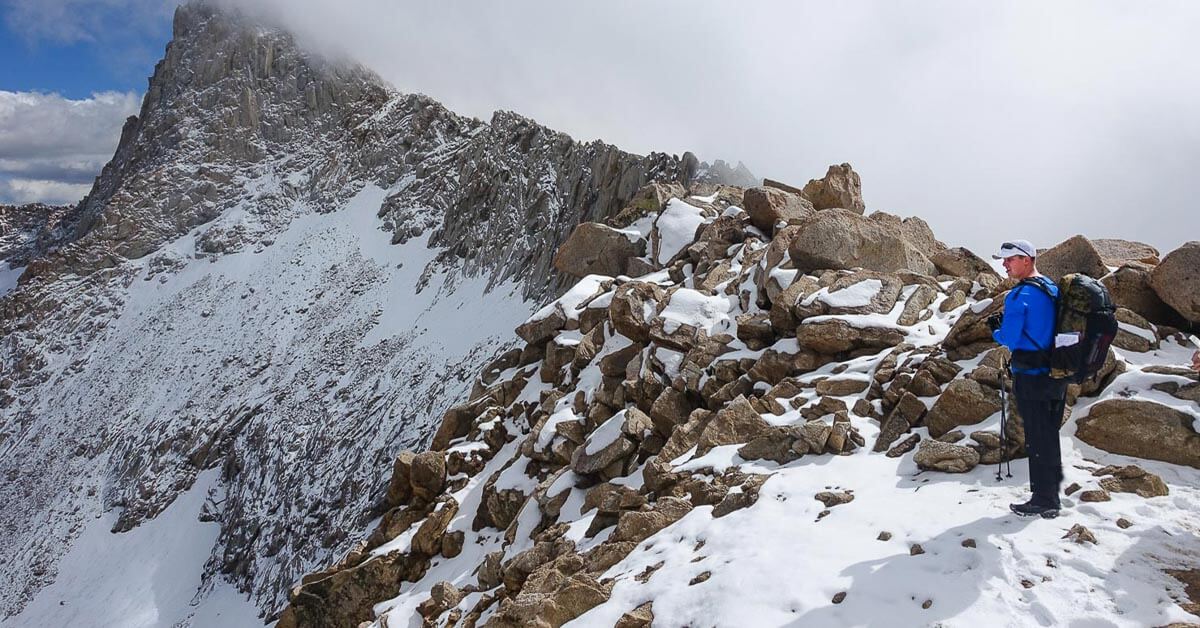














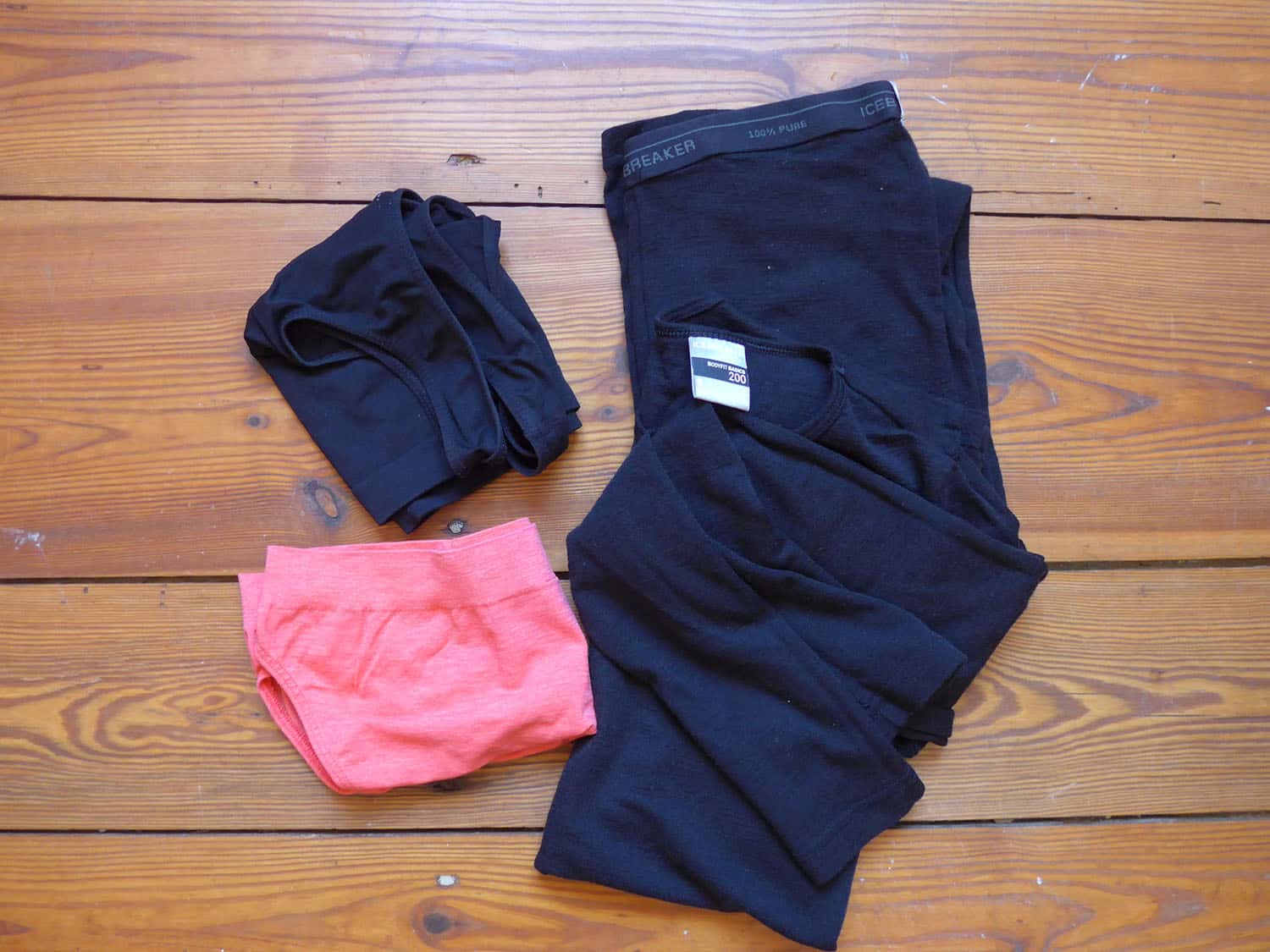

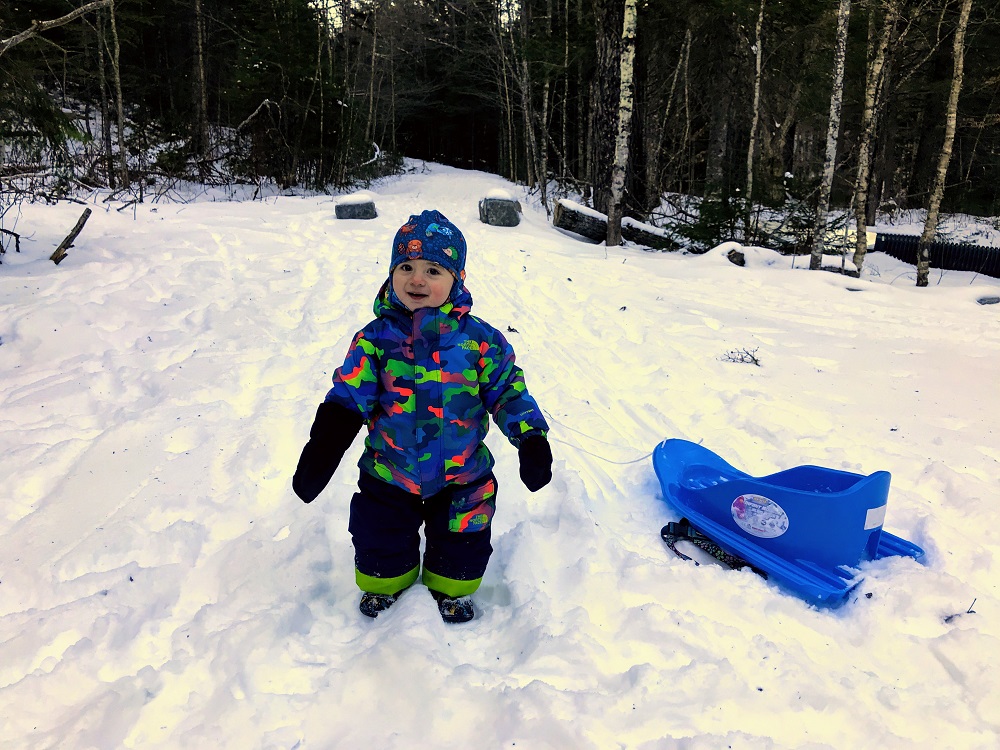





/52236569-58b9886a5f9b58af5c4c2969.jpg)


















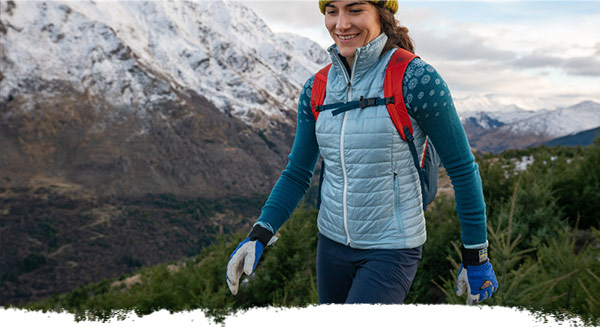





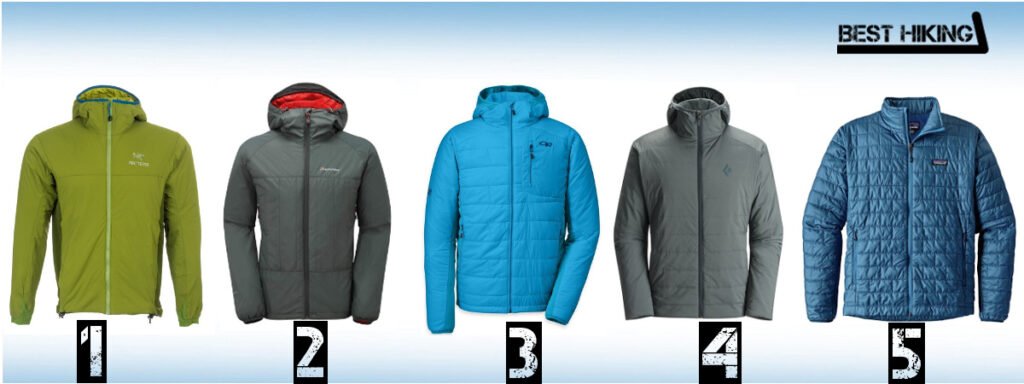




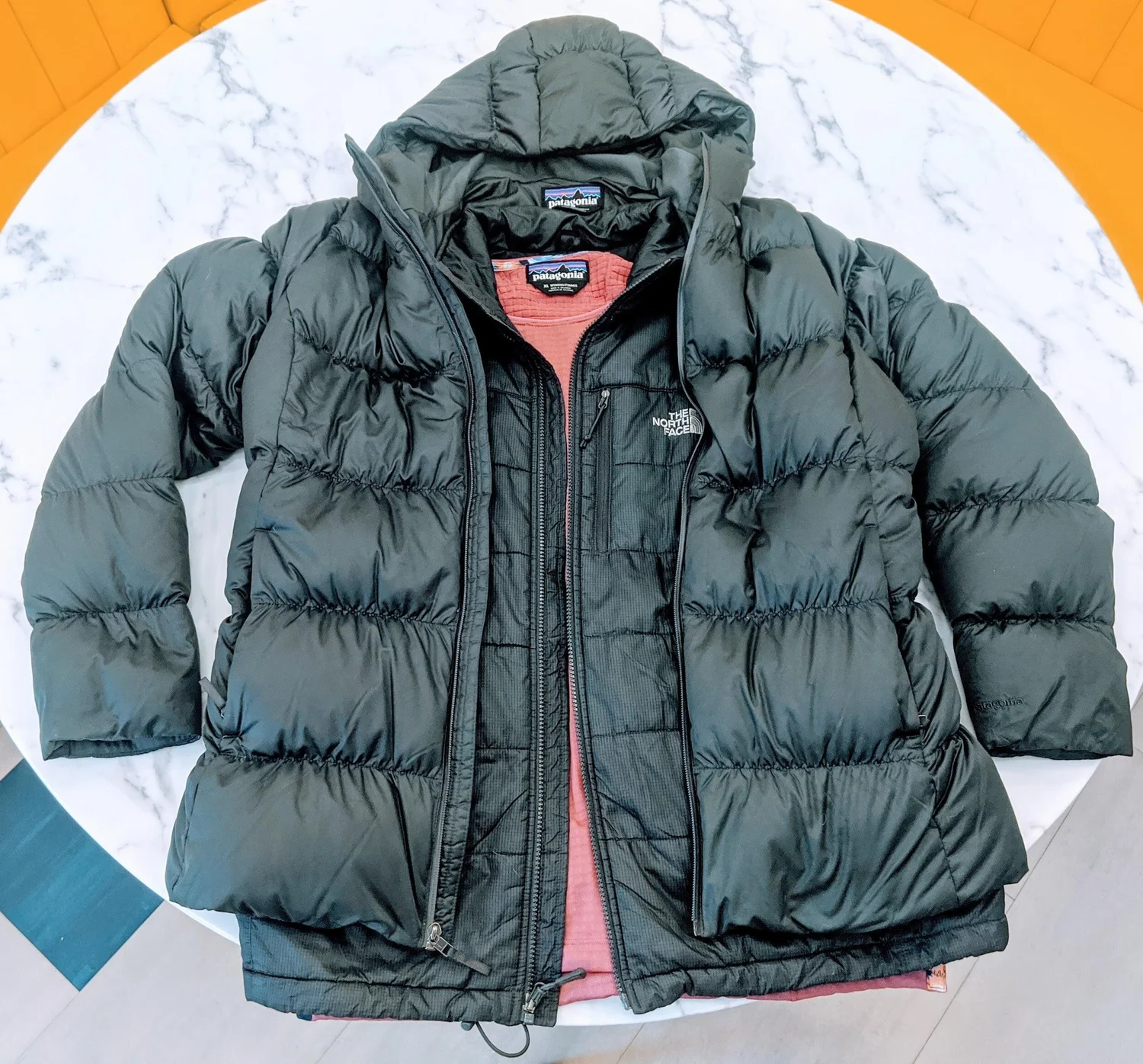



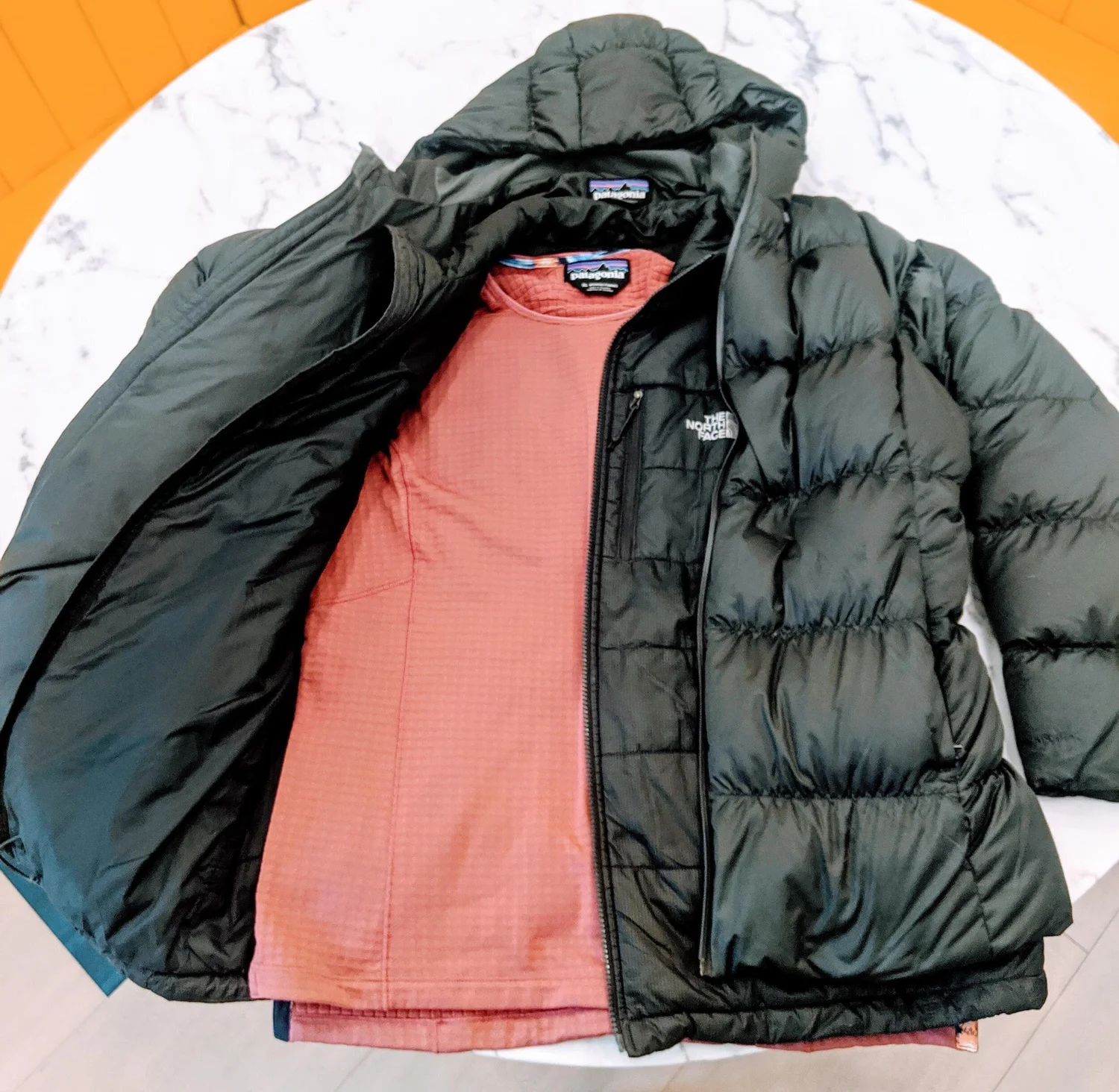

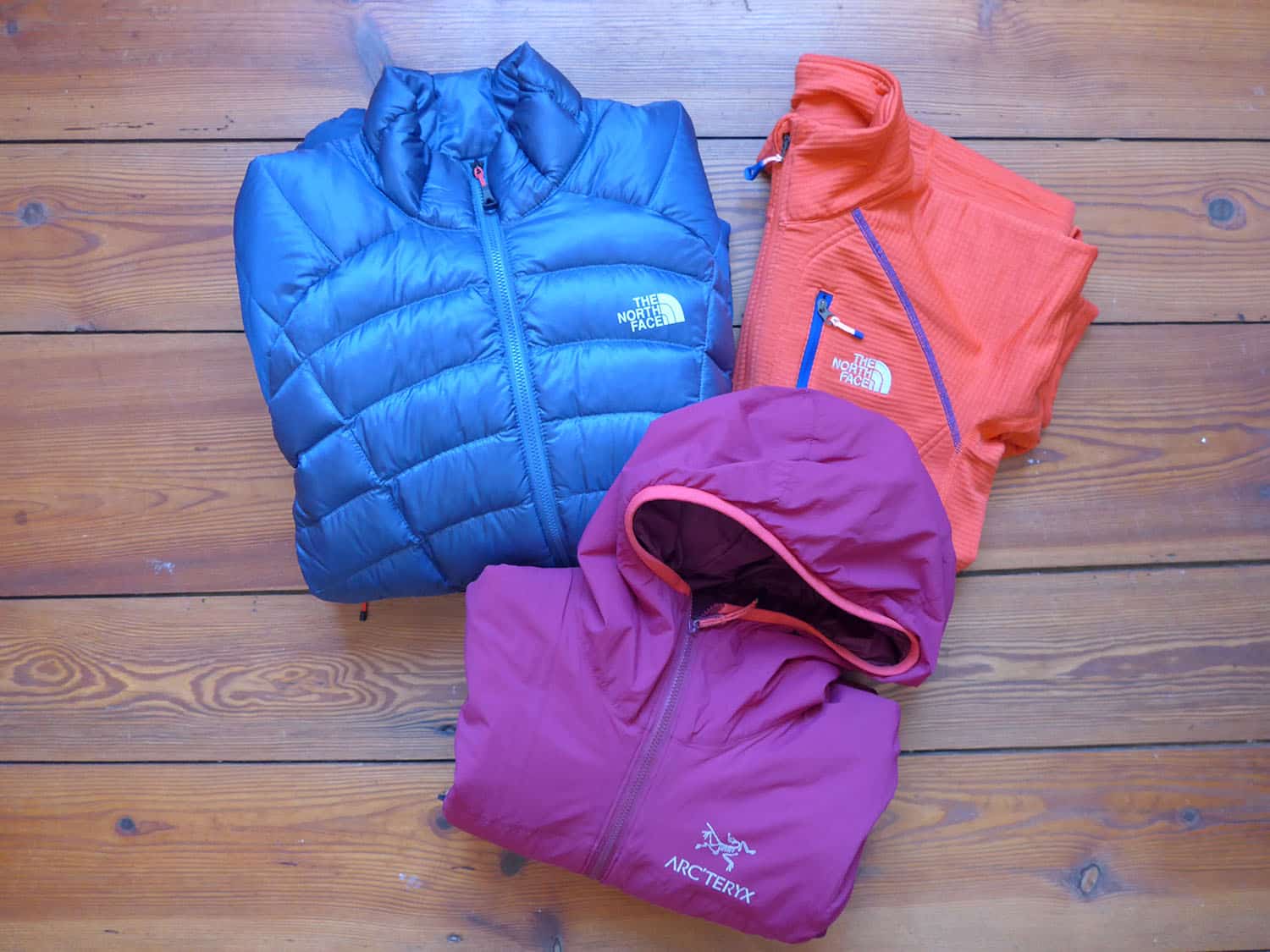
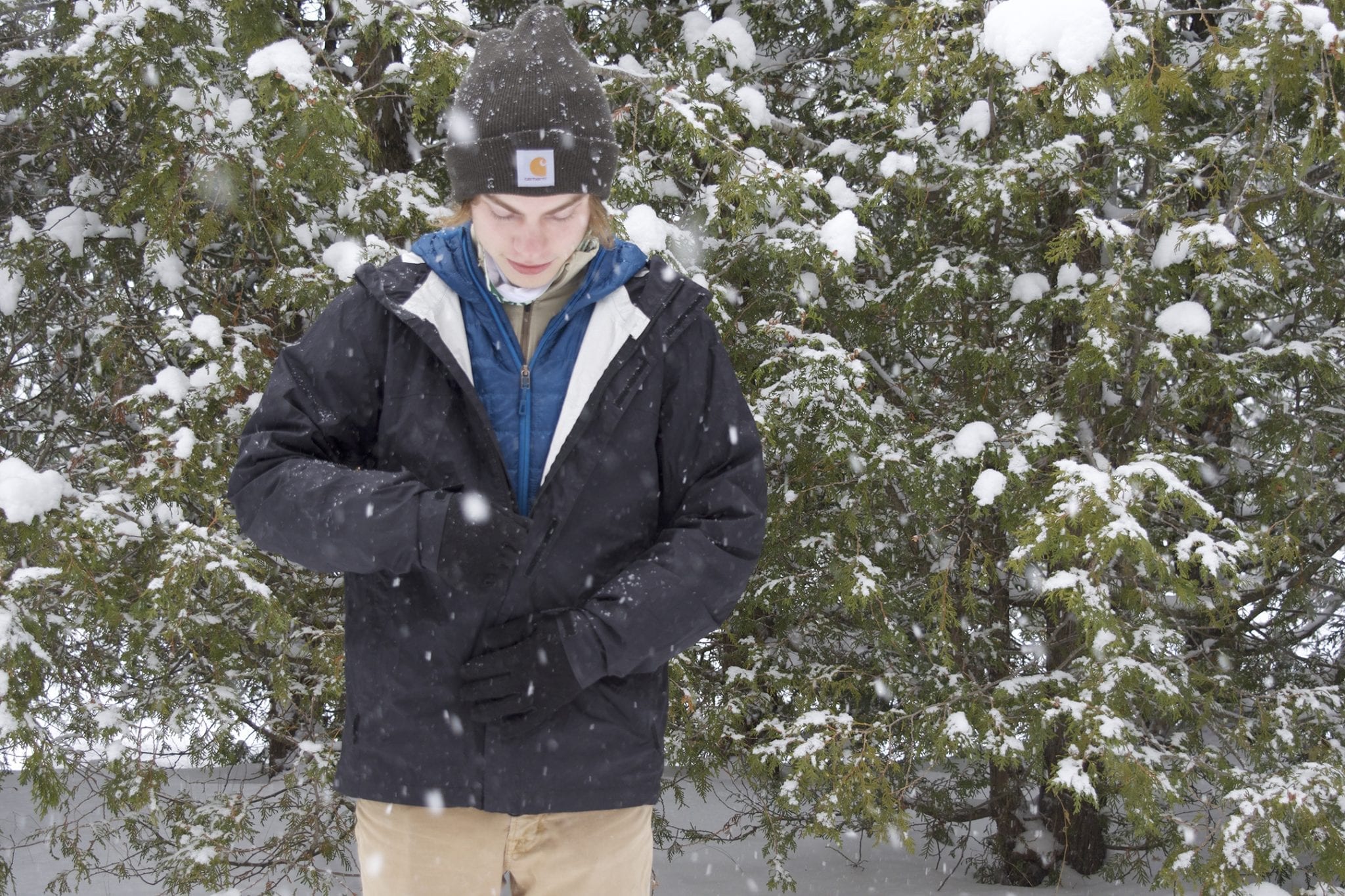








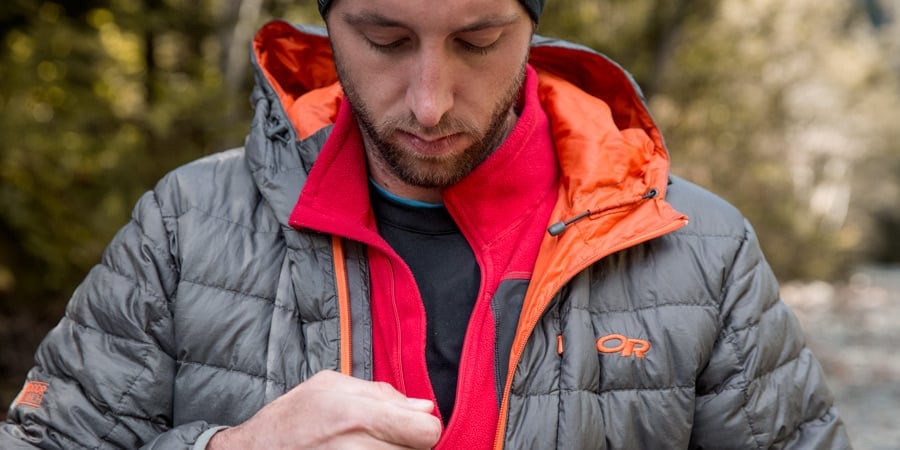


.jpg)


